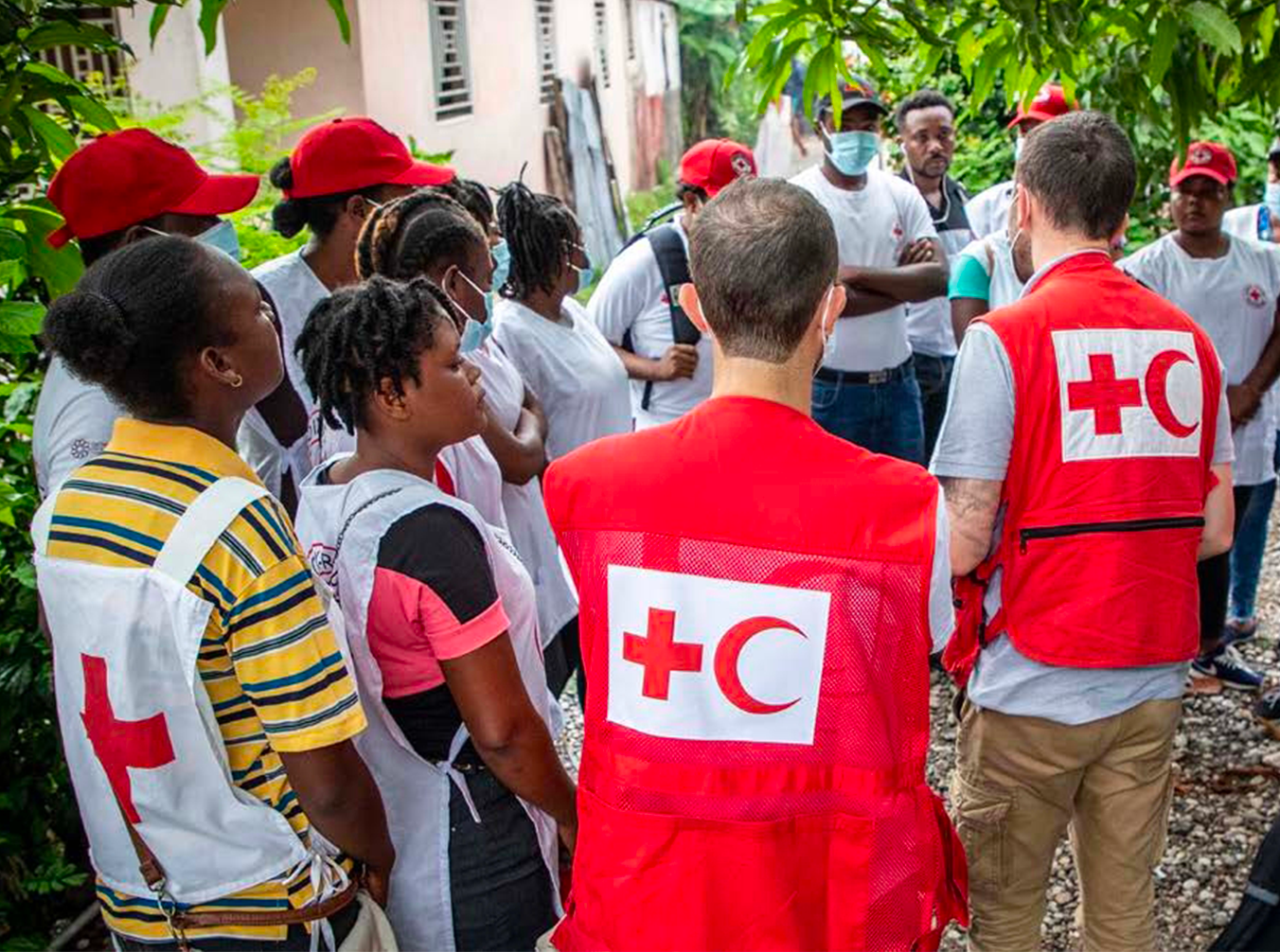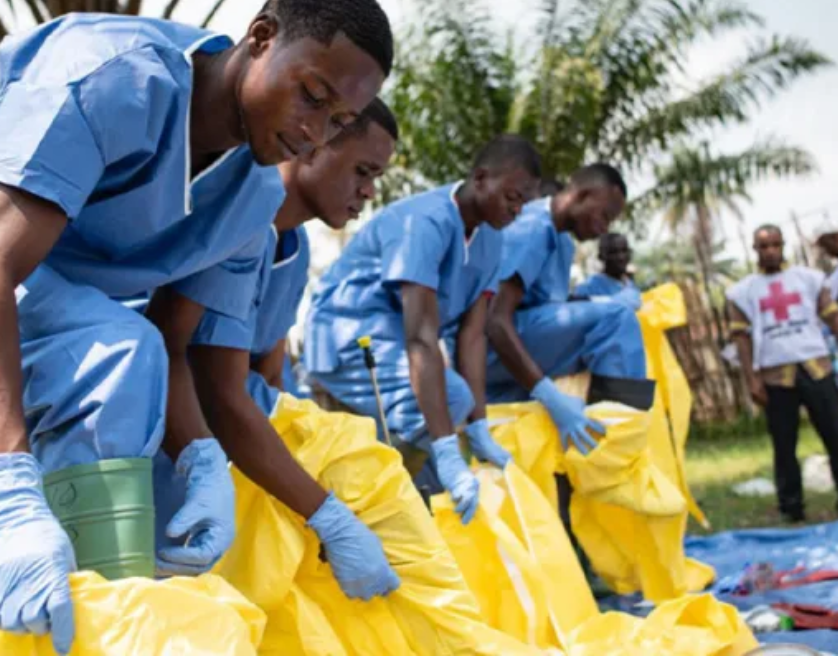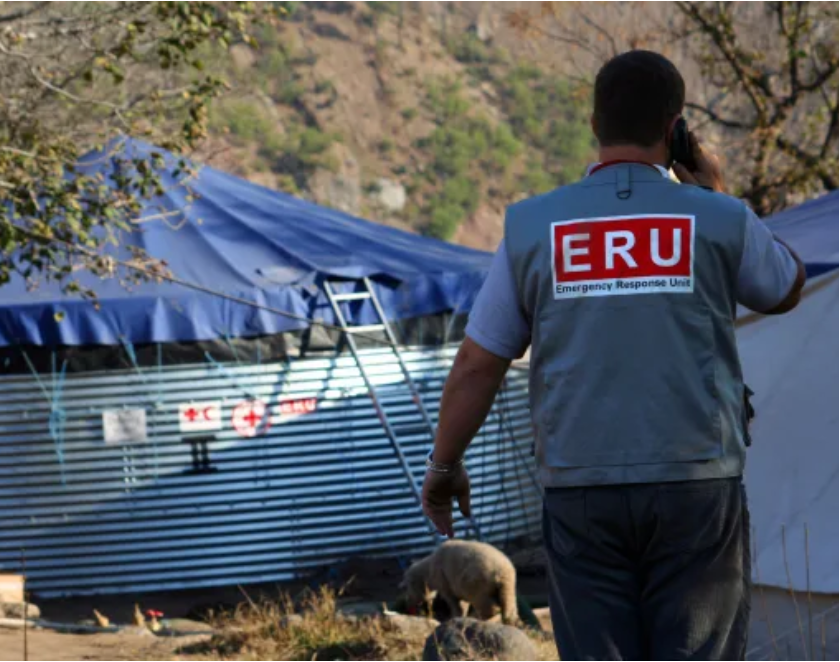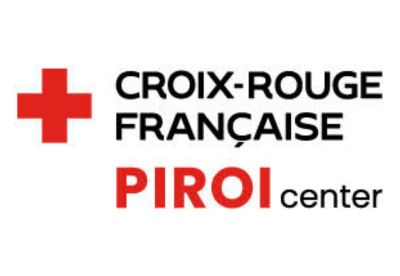International strategy of the French Red Cross
In a troubled world, characterised by complex crises and an explosion of humanitarian needs, the French Red Cross aims to be recognised internationally as a key organisation in the fields of health and disaster management, fully aligned with the Red Cross Movement and working with National Societies in the countries where it operates to protect and build resilience among the most vulnerable in the midst of global emergencies and in neglected regions.
The French Red Cross’s presence, not only in France but worldwide, gives it a strong basis for action!

- It is part of a unique, international movement present in 192 nations.
- Robust and innovative, its expertise and operational capacity are widely acknowledged within the Movement and by its partners.
The three pillars of French Red Cross international action
- Resilience: Working to build the resilience of the most vulnerable, primarily through stronger – and therefore more resilient – National Societies. This is the raison d’être of the French Red Cross, both worldwide and in France.
- Trust: increasing the trust of communities, the Movement, authorities, technical and financial partners, volunteers, and those who want to participate in the FRC’s actions.
- Agility: Anticipating and adapting to developments in the humanitarian sector and in the places where the French Red Cross works, and maintaining the capacity to act – directly or indirectly.
French Red Cross presence worldwide:


Priority areas: health and disaster management
The French Red Cross offers its expertise on an international scale by focusing on specialised operations, while maintaining an integrated approach whenever possible.
It establishes complementary external partnerships with the Red Cross and Red Crescent Movement as well as with third party operational, technical, and financial stakeholders.

Improving community health
These programmes aim to strengthen healthcare systems, mitigate the health impact of crises, and improve populations’ general health.
They focus on four key public health issues: supporting healthcare services, epidemics and infectious diseases, sexual and reproductive health, primary healthcare, and addressing undernutrition.
Crises and disaster response
Efforts such as these aim to strengthen the preparedness of Movement stakeholders, responding in a coordinated way to crises and disasters while developing innovative approaches to anticipation. A second goal is to assist institutions and communities in reducing their vulnerability and in being better prepared.
These actions are centred around the four phases of the disaster management cycle: prevention and mitigation, preparedness, response, and recovery.

